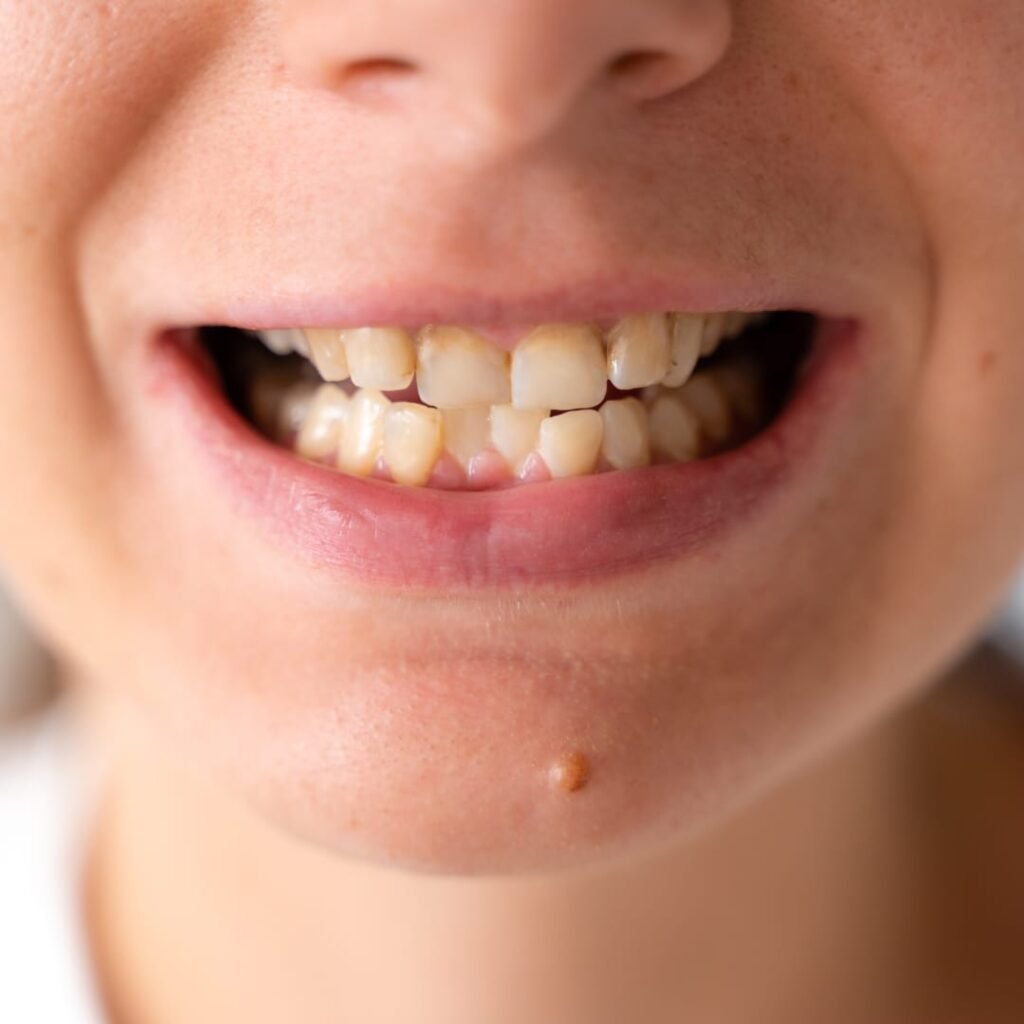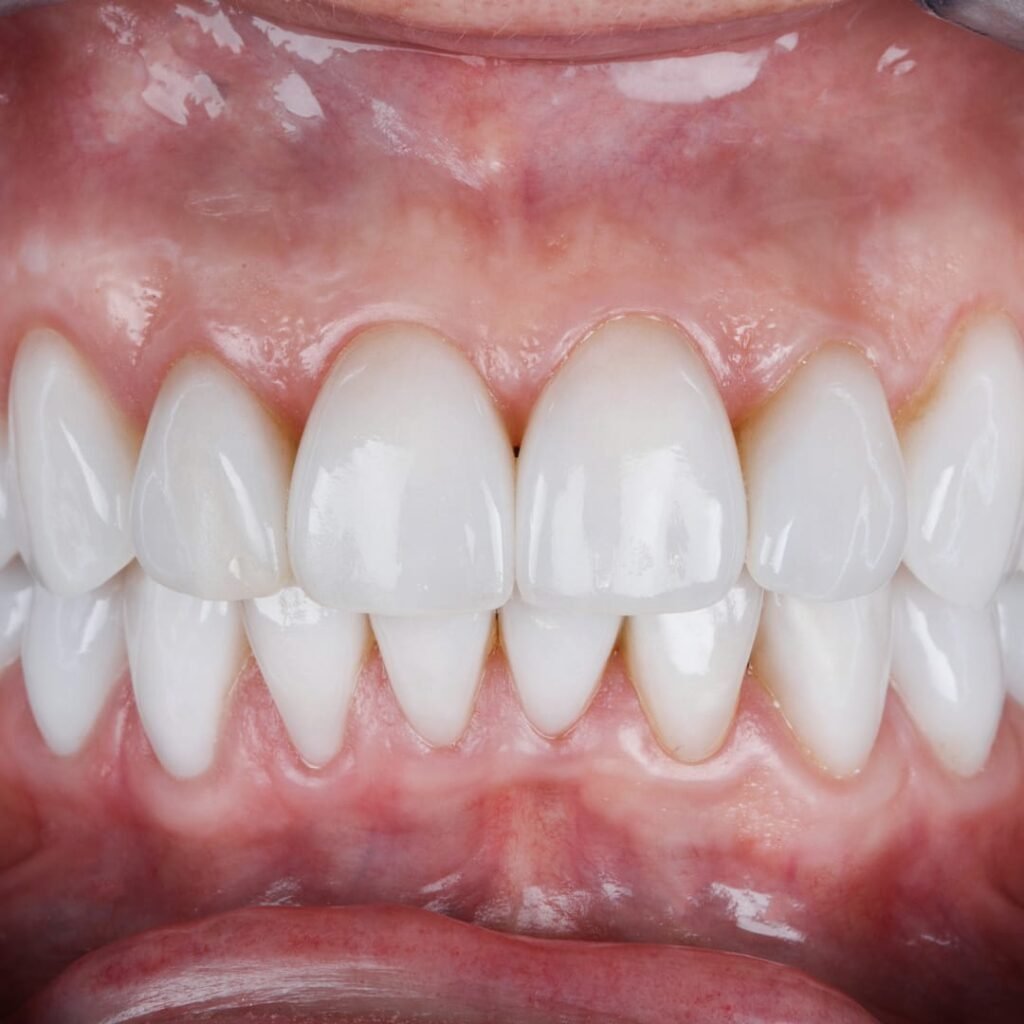Understanding Underbite: Reasons, Results, and Available Treatments
An underbite affects your look, speech, oral health, and even confidence; hence, it is more than just a tooth imbalance. This blog post will go over what an underbite is, what causes it, the issues it can produce, and the several treatment choices at hand.
What is an underbite?
When the mouth is closed, an underbite—also called Class III malocclusion—occurs when the lower teeth and jaw jut forward ahead of the upper teeth. From mild (barely visible) to severe (where the lower teeth stretch far forward), this disorder can affect anyone.

Causes of Underbite
An underbite can emerge from several elements:
1. Genetics
The most often occurring reason. Should one or both parents have an underbite, their children are more likely to have one as well.
2. Jawbone structure
The lower jaw grows proportionately less than the upper jaw.
3. Childhood practices
Three childhood practices that can affect jaw alignment include prolonged thumb sucking, tongue pushing, or pacifier use past age three.
4. Trauma or injury
Jaw injuries from an accident might cause misalignment.
5. Tumors
Although rare, by forcing the jaw out of alignment, tumors in the jawbones can lead to an underbite.
Typical Issues Connected with Underbites
Among the various problems an untreated underbite can cause are:
⦁ Problems correctly chewing or biting food.
⦁ Speech difficulties include lisping.
⦁ More abrasive wear on tooth enamel
⦁ TMJ problems or jaw pain
⦁ Problems with self-esteem resulting from facial appearance

Underbites: Treatment Strategies
The good news is that underbites can usually be treated—especially if discovered early on. Here are a few typical therapeutic choices:
1. Braces
Traditional metal braces are usually used to move teeth into correct alignment progressively.
2. Easy Aligners
Clear aligners such as Invisalign might help with mild to moderate cases of an underbite.
3. Jaw expands
Children sometimes utilize these devices to assist in expanding their upper jaw and correcting bite alignment.
4. Oral Therapy
Corrective jaw surgery, sometimes known as orthognathic surgery, may be required to realign the jaw in severe underbites—especially in adults.
5. Reshaping or extracting teeth
Sometimes changing or removing certain teeth helps to reduce pressure and correct bite alignment.
Importance of Early Treatment
Early—ideally in childhood—addressing an underbite can help prevent more involved treatments later. Orthodontists advise age 7 exams to identify early bite issues.
Conclusion
Though it may appear like a minor aesthetic problem, an underbite can interfere with many facets of a person’s life. Thankfully, contemporary dentistry and orthodontics provide various efficient approaches to treat it. If your child or you have an underbite, you should see a reputable dental facility such as Share A Smile to investigate the appropriate course of action. Share A Smile offers several smile corrections out of their Pathanamthitta dental clinic near Mavelikara.
